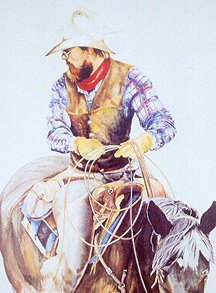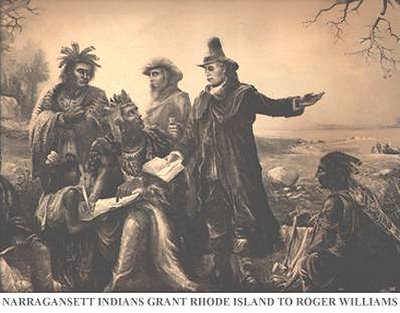 Most often when you think of a haunted building what comes to mind is an old structure, abandoned for years and sitting near a graveyard. This is often but not always the case as you will see in this installment of Weird World News.
Most often when you think of a haunted building what comes to mind is an old structure, abandoned for years and sitting near a graveyard. This is often but not always the case as you will see in this installment of Weird World News.Even if many people may not think of a modern superstore as being haunted, the Toys’R’Us haunting reminds us that every plot of ground has a history. Built in 1970, the toy store is a 60,000 square foot single story building. It is located thirty miles south of San Francisco, at 130 East El Camino, in Sunnyvale, CA. This was once an apple orchard, and part of a huge old cattle ranch which was owned by John Murphy and family during the late 1800s.
Paranormal activity occurs regularly at this site. Typically, employees unlock the store in the morning and find toys and books scattered about when they had been neatly shelved the night before. Sometimes, objects fly through the air or simply end up in a different place. People have reported being touched when no one is around. Also, some have heard a voice that theydidn’t recognize calling their name. Aisle 15C sometimes smells of fresh flowers. Many employees and customers have reported incidents that have occurred in the women’s bathroom. The water faucets start pouring when no one else is around. If turned off, they go on again. Women have reported being tapped on the shoulder. Those with long hair sometimes feel it being stroked by someone that they can’t see.
Though incidents had been occurring for some time, the store was not investigated until 1978, when local writer Antoinette May took an interest in the haunting. May invited psychic Sylvia Brown, a photographer, and severalothers to spend a night at the store.

The group expected the ghost to be that of John Murphy, the lands original owner. But the first impression that Brown picked up was of a tall, lanky man with his hands jammed in to his pockets. The ghost spoke with a Swedish accent and said that his name was Johnny Johnson. He warned Brown that if she didn’t want her feet wet she had better move. (Records show that a well once stood on that spot.) She reported that Johnson was waiting for someone named Beth. Research has shown that Johnny Johnson lived in Pennsylvania before moving west sometime in the mid-1800s. While in California he worked as a circuit preacher. Johnson became inflicted with encephalitis (inflammation of the brain), which left him with a mental handicap. Because of this he was often known as "Crazy Johnny". Johnson ended up hiring on as a ranch hand on the Murphy ranch.
The woman that Johnson is waiting for was Elizabeth Yuba Murphy Tafee,otherwise known as Beth. Johnny apparently had a crush on this lady, only tofind that she had left the ranch to marry a lawyer from the East Coast. Johnson died in 1884. He bled to death when he accidentally cut his legchopping wood. (Some versions of the story say it was his neck, but that seems unlikely.) What ever the case this incident occurred on the spot where the Toys ‘R’ Us stands today. Though Johnson was about eighty when he died, he has appeared to witnesses as a young man in his twenties or thirties.
As of this writing the store is still open and is still haunted and the management has no plans to get rid of the ghost. While some employees are afraid, others seem to enjoy Johnson’s residence. The manager claims that sales increase whenever the media reports on the ghost.
This haunting has been very well documented. Sylvia Brown has been back tothe store many times. Johnson’s activities have been written about in books and newspapers, and the store has been featured on several TV shows. Arthur Myers’ book The Ghostly Register includes some interesting infra-redphotographs taken during one of Sylvia Brown’s investigations.
The Toys ‘R’ Us Ghost! What is next? Still you must admit that the further and further we walk the more and more Weird our world seems to be! Have a Hapy New Year and join us next time!
I’m Average Joe
mailto:OurWeirdWorld@gmail.com










































